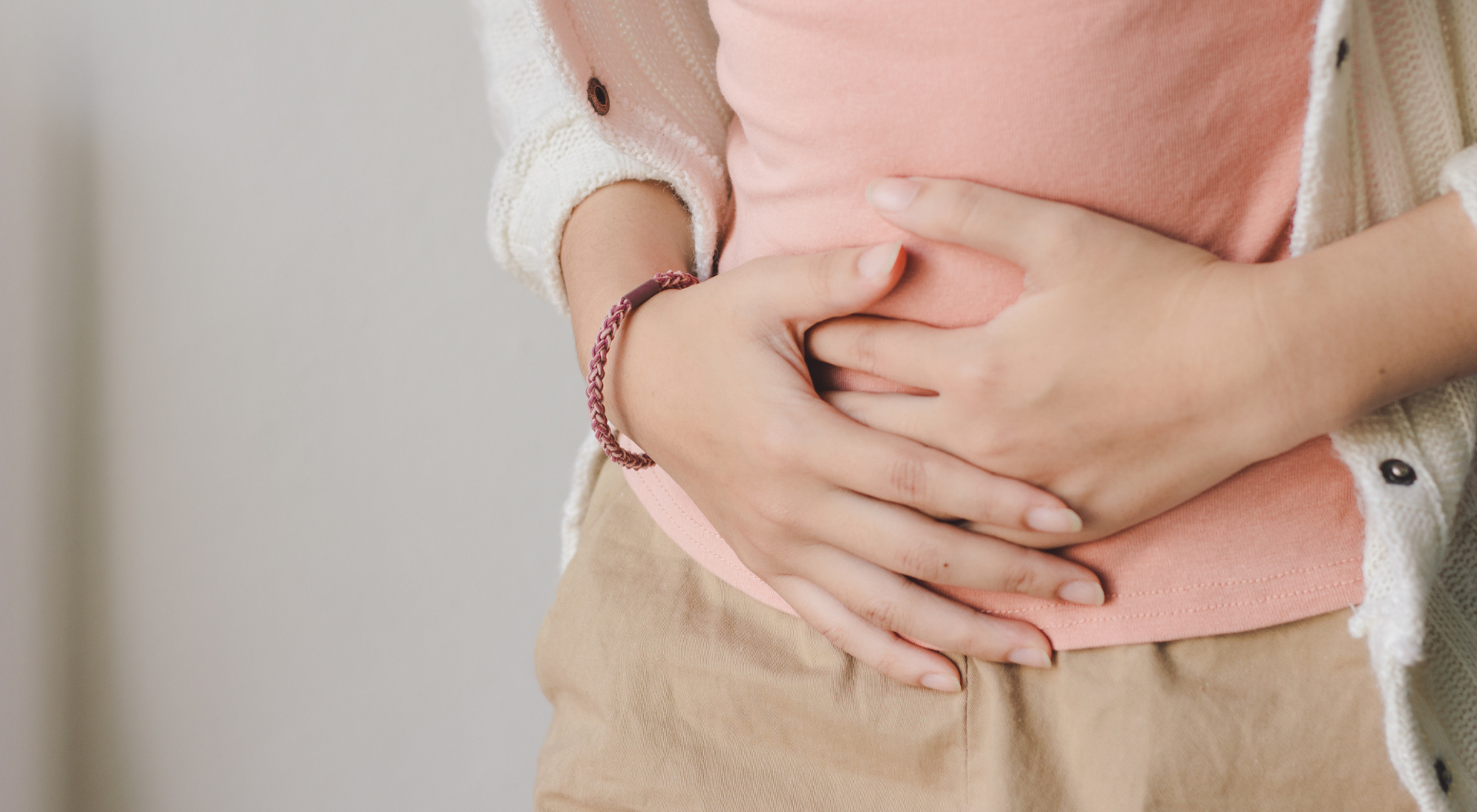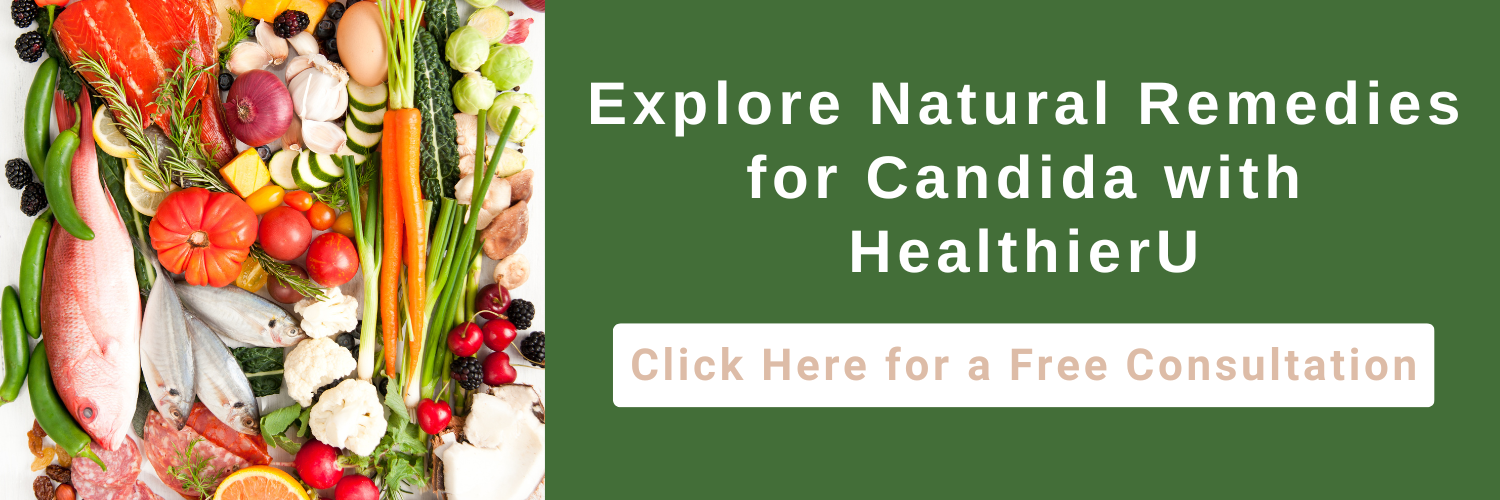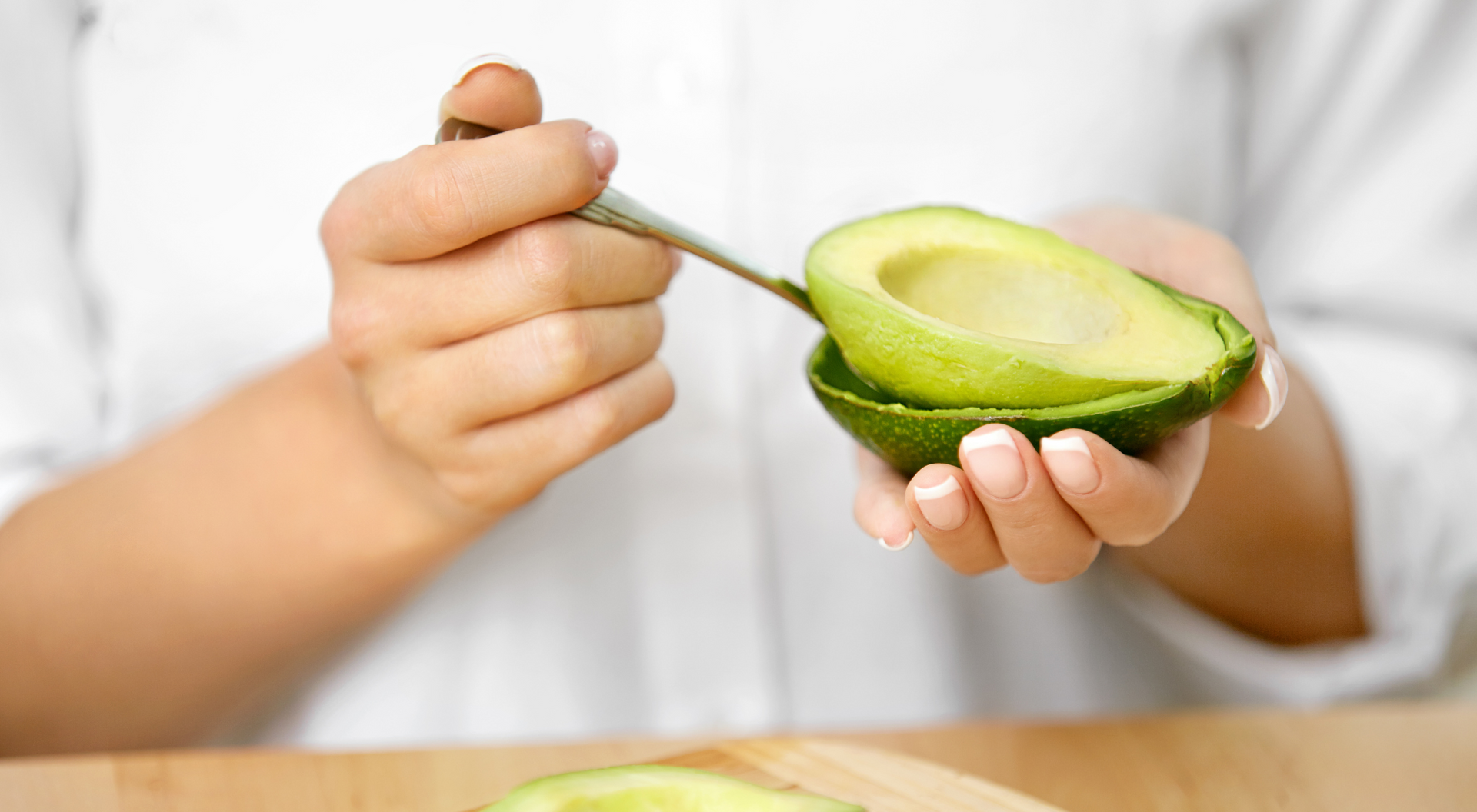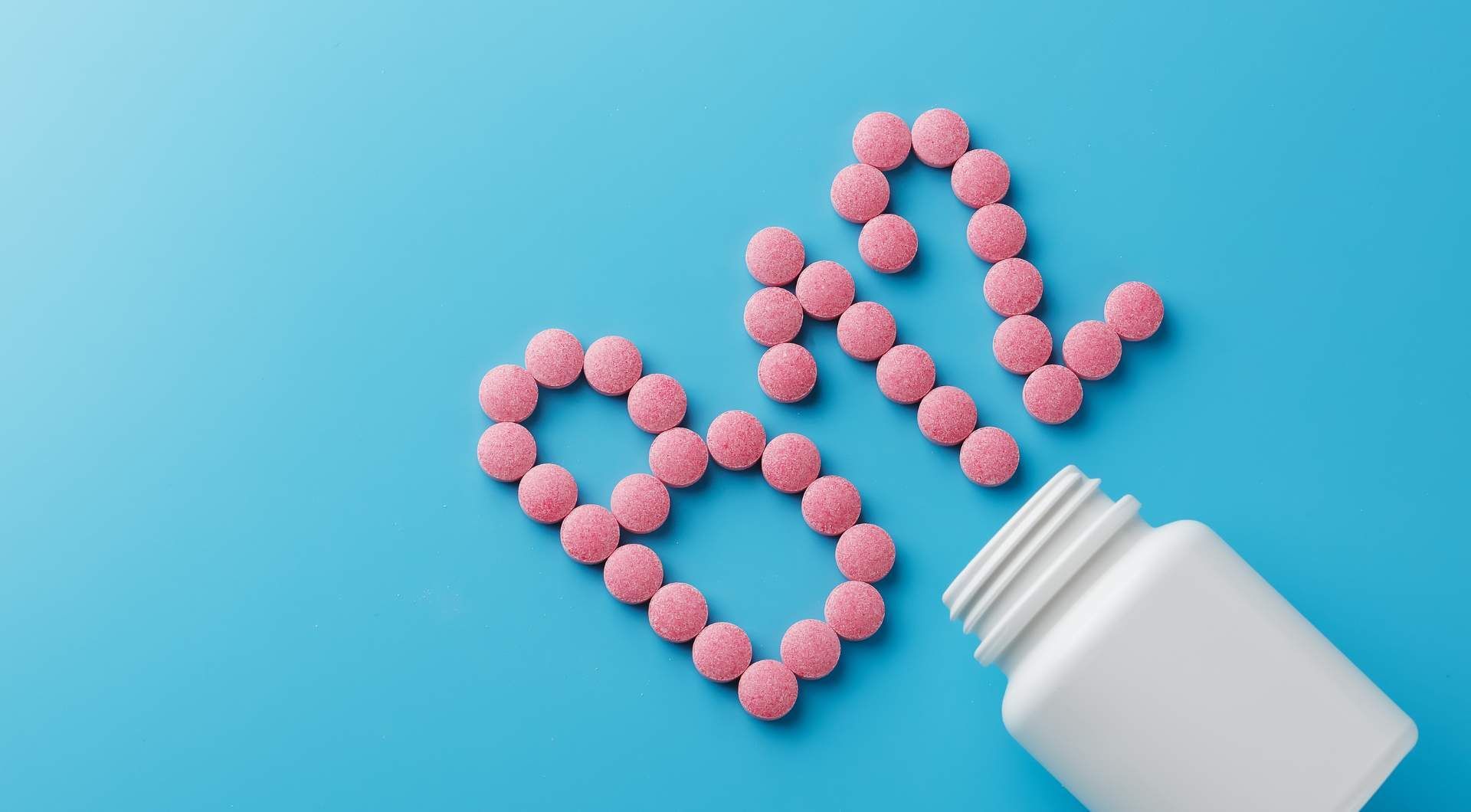Candida Cleansing Diet: Symptoms of Infection, Ways To Treat Overgrowth, and What To Eat
"The content below is not intended to be a substitute for professional medical advice, diagnosis, or treatment. Always seek the advice of your physician or other qualified health provider with any questions you may have regarding a medical condition."
If you're feeling tired, bloated, or have a constant sugar craving, you may have candida overgrowth.
Candida is a type of yeast that naturally lives in our bodies, but when it grows out of control, it can lead to a host of health issues. The good news is that you can cleanse your body of candida through a candida cleansing diet.
How can you know if you have a candida infection, and what exactly is a candida cleansing diet? In this article, we'll explore the symptoms of candida overgrowth, ways to treat it, and what foods you should be eating to get your health back on track.
Table of Contents
- How Do I Know If I Have a Candida Infection?
- Symptoms of Candida Overgrowth
- How Do You Cleanse Your Body of Candida?
- What Is a Candida Cleanse Diet?
- How Does a Candida Cleanse Work?
- What Is a Good Candida Cleanse? Meal Ideas and Foods To Incorporate
- Foods To Eat on a Candida Cleansing Diet
- Foods To Avoid On a Candida Cleanse
- How Long Does a Candida Cleanse Take?
- Pros and Cons of Candida Cleanses
- Get to the Bottom of Candida Overgrowth With Nutrition Response Testing
How Do I Know If I Have a Candida Infection?
The symptoms of candida overgrowth vary and can often be attributed to other health issues, making it difficult to determine if you have a candida infection. Some indicators that you may have a candida overgrowth include:
- Frequent infections in the mouth, throat, or esophagus
- Digestive issues
- Skin problems or rashes
- Fatigue
If you're experiencing persistent symptoms, it's best to speak with a healthcare provider to determine the underlying cause. Reach out to HeathierU to schedule a consultation and get to the bottom of your health issues!
Symptoms of Candida Overgrowth
If you're experiencing persistent health issues, it may be worth considering if candida overgrowth is the culprit. While symptoms can vary, there are some common indicators that you may have an overgrowth of candida in your body, including:
- Autoimmune diseases
- Chronic fatigue
- Cravings for sweets, grains, or alcohol
- Difficulty concentrating
- Digestive issues (bloating, gas, cramps, diarrhea, or constipation)
- Gastric ulcers
- Environmental sensitivities
- Headaches
- Leaky gut syndrome
- Low libido
- Menstrual cycle irregularities
- Ulcerative colitis
- Unexplained aches and pains
- Urinary/bladder infection
How Do You Cleanse Your Body of Candida?
To cleanse your body of candida you need to make some changes to your diet and lifestyle. This might involve taking supplements, getting more sleep and exercise, and diet changes.
While candida will never completely go away, a candida cleanse can help to restore a healthy balance.
What Is a Candida Cleanse Diet?
A candida cleanse diet is a food-based approach to reducing candida overgrowth in the body.
The candida cleanse diet emphasizes:
- Low-sugar fruits
- Non-starchy vegetables
- Gluten-free grains
- Lean proteins
- Healthy fats
The diet also involves avoiding foods that can promote candida growth, such as:
- Sugar
- Refined carbohydrates
- Alcohol
- Certain dairy products
The goal of a candida cleanse diet is to reduce inflammation and promote a healthy balance of gut bacteria to help prevent candida overgrowth over time.
How Does a Candida Cleanse Work?
A candida cleanse aims to eliminate excess candida fungi that can overgrow in your intestines, causing various unpleasant symptoms.
Normally, the growth of candida is controlled by the immune system and beneficial gut bacteria. However, some factors such as a high-sugar diet, stress, and antibiotic use can disrupt this balance, leading to overgrowth.
The candida cleanse typically involves removing certain foods from your diet that can feed candida.
Those foods are then replaced by foods that help restore healthy gut bacteria, such as:
- Gluten-free grains
- Lean proteins
- Low-sugar fruits
- Non-starchy vegetables
- Probiotic-rich foods
What Is a Good Candida Cleanse? Meal Ideas and Foods To Incorporate
Foods To Eat on a Candida Cleansing Diet
When embarking on a candida cleansing diet, it's important to focus on consuming foods that are low in sugar and carbohydrates, as well as foods that contain antifungal properties. Here are some examples of foods to eat on a candida cleansing diet:
- Non-starchy vegetables: Non-starchy vegetables like broccoli, kale, spinach, and zucchini are great choices for a candida cleansing diet. These vegetables are low in sugar and carbs, while also providing plenty of vitamins and minerals.
- Lean protein: Chicken, eggs, turkey, and fish are all excellent sources of lean protein that are ideal for a candida cleansing diet. These foods provide the body with essential amino acids to support healthy muscle function, without contributing to candida overgrowth.
- Coconut oil: Coconut oil’s antimicrobial and antifungal properties make it an important staple on a candida cleansing diet.
- Garlic and apple cider vinegar: These two naturally antifungal foods can be incorporated into a candida cleansing diet. They can be used in combination with other foods to add flavor while still adding health benefits.
- Nuts and seeds: Nuts and seeds like almonds, chia seeds, and flax seeds are high in healthy fats and fiber. These foods can be great snack options while on a candida cleansing diet.
- Herbs and herbal teas: Herbs like oregano, thyme, ginger, peppermint, and chamomile can be soothing and healthful additions to a candida cleansing diet. They can be added to foods for taste, taken as oil supplements, and used as tea. Regardless of how you prepare these herbs, they can help reduce inflammation and support healthy digestion.
- Non-sweet fruits: Non-sweet fruits like avocados, olives, and tomatoes are low in sugar and can be consumed as part of a candida cleansing diet.
Foods To Avoid On a Candida Cleanse
When following a candida cleansing diet, it's important to avoid foods that can disrupt the balance of bacteria in the gut. Here are some examples of foods to avoid on a candida cleansing diet:
- Sugar: Refined sugars should be avoided as they can contribute to candida overgrowth. This includes white sugar, and sugars found in processed foods like corn syrup. While refined sugar is the most detrimental, all sugars should be generally avoided.
- White flour: Highly refined white flour can contribute to inflammation in the body and is high in carbohydrates, which can feed candida and contribute to overgrowth.
- Ultra-processed foods: Processed foods like chips, cookies, and candy are typically high in sugar and refined carbohydrates, making them a poor choice for a candida cleansing diet.
- Alcohol: Alcohol is high in sugar and can disrupt the balance of bacteria in the gut. It's best to avoid alcohol altogether when following a candida cleansing diet.
- Pasteurized dairy: Pasteurized dairy products like milk, cheese, and yogurt can be high in sugar and may contain hormones and antibiotics that can disrupt the gut microbiome. However, raw dairy products from grass-fed cows may be beneficial as they contain probiotics and enzymes that can support the gut microbiome.
- Sweet fruits: While some non-sweet fruits like avocados and tomatoes can be consumed in moderation, sweet fruits like bananas, grapes, and mangoes should be avoided on a candida cleansing diet.
- Vinegar: Apple cider vinegar can be consumed in moderation for its antifungal properties. Other types of vinegar, however, like balsamic vinegar and rice vinegar, can be high in sugar and should be avoided.
- Mushrooms: While mushrooms can be a healthy addition to most diets, they can also feed candida and should be avoided on a candida cleansing diet.
- Processed meats: Processed meats like bacon, sausage, and deli meats can be high in sugar and preservatives, making them a poor choice for a candida cleansing diet.
- Condiments and sauces: Condiments like ketchup, barbecue sauce, and soy sauce can be high in sugar and should be avoided on a candida cleansing diet. Making your own sauces using antifungal ingredients like garlic and apple cider vinegar is a better option.
If you're struggling with candida overgrowth and yeast infections, HealthierU can help you find the root cause. We'll provide you with a customized program including nutrition, supplementation, and lifestyle recommendations to help your body heal.
Schedule a consultation today to learn how to manage candida naturally.
How Long Does a Candida Cleanse Take?
How long a candida cleanse takes depends on the severity of the overgrowth and your individual response.
While some sources recommend following the general diet principles for two to three weeks or longer, candida cleanses are meant to be short-term and used until symptoms improve. It’s important to start slowly and remove one item at a time over a few days.
Pros and Cons of Candida Cleanses
A candida cleanse can be a helpful step toward managing the overgrowth of candida in the body. However, it's important to be aware of the pros and cons associated with the cleanse.
Pros
Thinking about doing a candida cleanse? In this section, we'll take a look at some of the potential benefits that people have reported after doing a candida cleanse.
- Eliminates processed foods and added sugars: The candida cleanse requires cutting out processed foods and added sugars, which often contain harmful additives and lack nutrients. A diet that focuses on whole, nutrient-dense foods can be beneficial for overall health, as well as potentially reducing symptoms of candida overgrowth.
- May promote weight loss: As a result of cutting out processed foods and added sugars, people may experience weight loss on the candida cleanse.
- Encourages healthier eating habits: The candida cleanse promotes the consumption of whole, nutrient-dense foods, such as vegetables, whole grains, and lean protein sources. By adopting healthier eating habits, individuals may experience improved digestion, increased energy levels, and better overall health.
- Eliminates symptoms: There are
scientific and anecdotal reports that claim that candida cleanses can help alleviate symptoms associated with candida overgrowth, such as fatigue and digestive issues.
Cons
Candida cleanses have been gaining popularity in recent years for their potential health benefits, but are they really worth it? In this section, we'll explore some of the potential drawbacks of undergoing a candida cleanse.
- Limited scientific evidence: There is limited scientific evidence to support the efficacy of the candida cleanse in treating candida overgrowth. While some studies suggest that reducing sugar intake and consuming probiotics may be helpful, more research is needed to fully understand the effects of the candida cleanse on candida overgrowth.
- May lead to nutrient deficiencies: The candida cleanse requires cutting out several food groups, including grains, dairy, and certain fruits. This can lead to nutrient deficiencies if these foods are not adequately replaced with other nutrient-dense sources.
- Difficult to maintain long-term: The candida cleanse is a short-term diet that is designed to be followed for a few weeks to a few months at most. It can be difficult to maintain this diet long-term, which can make it challenging to sustain any improvements in symptoms or overall health.
Get to the Bottom of Candida Overgrowth With Nutrition Response Testing
Nutrition Response Testing is a non-invasive, drug-free way to uncover the root cause of candida overgrowth.
At HealthierU, we use this technique to identify hidden stressors that may be contributing to candida overgrowth. Whether you need to undertake a candida cleansing diet or something else, we can create a custom-designed program to help your body heal naturally and permanently.
Contact us today to schedule a consultation and learn how we can help you get to the bottom of your health issues!






